Ellen Rixford is working on an outstanding book about figurative automata. (part 1)
Exclusiv durfte ich in einige Kapitel von Figures in the Fourth Dimension schauen und konnte feststellen, daß es eine Reihe von Besonderheiten hat, die es zum Referenzbuch über dieses Thema werden läßt. Es umfaßt in großem Bogen – ausgehend von den klassischen Automaten des 18. und 19 Jhdts.- auch Schauautomaten von Bühnenkünstlern, so z.B. eine Bauchrednerfigur mit kompliziertem Innenleben oder Figuren von Puppen- und Marionettenspielern. Und dann gibt es nicht zuletzt eine größere Gruppe zeitgenössischer Automata. Was das Buch aber so einzigartig macht, ist die detaillierte Darstellung und Beschreibung des mechanischen, teilweise sehr komplexen Innenlebens der Figuren. Die Autorin hat es fertig gebracht, daß der mechanisch Interessierte sich in die auseinandergezogenen räumlich dargestellten Getriebe hineindenken kann und den Bewegungsfluß nachvollziehen kann, der auch in den Begleittexten zusätzlich erläutert wird. Das ist natürlich besonders interessant für diejenigen, die als Künstler eh mit der Materie zu tun haben oder Sammler, die ein tieferes Verständnis der Funktionsweisen haben möchten und nicht zuletzt auch für die Lehrenden und Lernenden im Fach Technik, bei denen man in den letzten beiden Jahrzehnten ein stark angewachsenes Interesse an Automata ausmachen kann, was auch daran ersichtlich ist, daß viele Länder dieses Thema in ihre Technik-Curricula aufgenommen haben.
I had the great opportunity to look at some chapters of Figures in the Fourth Dimension and I realized that there are shown some special peculiarities making it a reference book about this theme. It covers in a wide expanse starting from the classical automata of the 18th and 19th century also show automata of actors, for instance there is a ventriloquist figure with a complicated inside or figures of puppet and marionette players. And last but not least there is a larger group of contemporary automata. What makes the book so unique is the detailed representation and description of the mechanical and partly very complex insides of the figures.
The author was able to make it possible for people who are interested in mechanical automata to comprehend the description of the wide three dimensional gears and to understand how they work. There is also text explaining how the mechanical automata function. That is of a special interest for artists who work in this field or for collectors who want to have a deeper understanding how these automata work. Last but not least it is interesting for teachers and students in the subject D&T. In the last 20 years you could see a growing interest in automata by this group of people. In many countries you find this theme in the curricula for D&T.
Ellen Rixford, die in der Branche arbeitet, betreibt ein Studio mit einigen Mitarbeitern (http://www.ellenrixford.com/index.html) und hat damit als Insiderin die besten Voraussetzungen, ein solches Buch zu schreiben. Sie faßt das hier so zusammen:
Ellen Rixford, who works on this field, runs a studio with some colleagues, has as an insider the best expertise to write such a book. Here is her summary:Book description:
The project is a comprehensive book on mechanical movements for puppets and automata. The working title is Figures in the Fourth Dimension. The book begins with an introductory chapter on the basics, meant for the rank beginner—all the various mechanical devices and combinations of them. This chapter is the followed by examples taken from the work of over 30 world class artists and 3 major museums. The artists, who work in a huge variety of media and styles, submitted not only good photos of their pieces, in various positions, but photos of the mechanics and careful, clear drawings showing how the movements are put together, and how they function. There will be a lot of information on tools and materials too. The works in the book vary from quite simple to very complex, and include the work of several extraordinary puppeteers and puppet builders: the marionettists Phillip Huber and Joseph Cashore; Corbian Arts, famous for electroluminescent puppetry, a vent figure chapter by Bill Nelson and Dan Lavender, who build figures for TV and movie stars, and Jim Kroupa, whose mechanics power puppets from all kinds of TV and film specials. There is also a chapter on light sculpture and Bunraku style puppetry from our own studio. And there are all kinds of automata, from the clockwork marvels of the 18th and 19th centuries to the moderns, artists from all over the world. The book is not yet finished, but at last count, I estimate it will be close to 400 pages, 9″ by 12″ hard cover, with dust jacket—-a real art book, which will also help puppeteers and artists generally learn this fascinating subject from the ground up.
Es wird bis zum Erscheinen des Buches noch einige Zeit vergehen (mindestens 1 Jahr). Trotzdem
dürfen wir hier schon einige Beispiele aufführen. Ich beschränke mich auf Objektphotos und die jeweiligen Mechanikzeichnungen auf wenigen Seitenbeispielen als Auszug aus einem 17-seitigen Kapitel.
It will take some time (at least a year) till the book will be published. But here we are allowed to list some examples. I have limited myself to photos of objects and their mechanical drawings on a few pages as examples of a chapter of 17 pages.
Aus den klassischen Automaten wähle ich den Flötisten von Alexandre Nicolas Théroude, der dieses Meisterstück zwischen 1869 und 1877 geschaffen hat und das heute zu den Highlights der Guinness Sammlung für mechanische Musikinstrumente und Automata innerhalb des Morris Museums, New Jersey, zählt. Zunächst einmal das Museumsvideo dazu:
From the classical automata I choose the flautiste by Alexandre Nicolas Theroude, who created this masterpiece between 1869 and 1877. Today it is one of the highlights of the Guinness Collection for mechanical music instruments and automata in the Morris Museum, New Jersey. Here you can start the Museums video:
Bei Klick wird dieses Video von YouTube geladen und Daten gesendet. Details siehe (Datenschutzerklärung).
Gesamtansicht in Vorder- und Rückseite (Photos: Tim Volk)
Teilweise auseinandergezogene Zeichnung des inneren Gesamtmechanismus von Ellen Rixford
Die gleiche Ansicht des inneren Gesamtmechanismus (Photo Jere Ryder)
Neben ausführlicher Texterklärung folgen weitere Photos von Teilbereichen mit Erklärungen und spezielle Details mit den Mechanikzeichnungen von Ellen Rixford, so z.B. die Steuerung der Tonerzeugung von der Programmwalze bis zur Pfeife:
Comprehensives texts are following for the explaining of special details with the drawings of Ellen Rixford, for example the control of melody producing from the program cylinder til the
pipes:
…oder die Steuerung der Augäpfel und Augenlider:
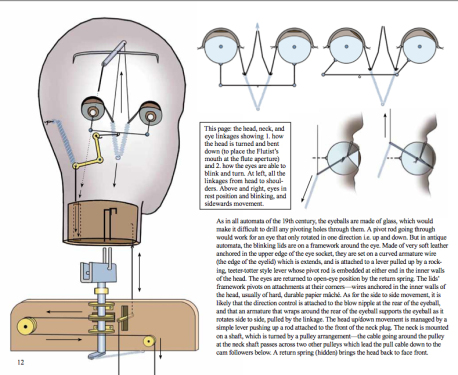
Das sind hier nur wenige Impressionen eines reichhaltigen Kapitels von 17 Seiten allein zu Theroudes Flötisten, die in ihrer Gesamtheit zum tieferen Verständnis einer so komplexen Figur führen können, was in dieser Art in der Automatenliteratur ziemlich einmalig ist.
These are only a few impressions of a rich chapter (17 pages) only about Theroudes flautiste, as a whole they can lead you to a deeper understanding of a complex figure, really unique in the literature about automata.
Ich bin gehalten, darauf hinzuweisen, daß sämtliches hier vorgeführtes Bildmaterial dem unbedingten Copyright von Ellen Rixford unterliegt und nicht ohne ihre Zustimmung weiterveröffentlicht werden darf.
I have to point out that Ellen Rixford has the copyright for al the pages (pictures and text) and that nobody is allowed to publish it without her permission.
Ellen Rixford weist auch darauf hin, daß es die Möglichkeit der Vorbestellung(über ihre Webseite, siehe oben) gibt, was einen Rabatt erzeugt. Bei Abnahme von 5 Büchern und mehr gibt es noch einen zusätzlichen Rabatt. Da die endgültige Kalkulation im Eigenverlag von ER noch nicht abgeschlossen ist, kann man hier nur von einem vage geschätzten Preis nicht unter 80/90 $ für ein qualitätvoll gedrucktes und gebundenes Buch mit ca.400 Seiten ausgehen. Aber darüber
wird zeitnah zum Erscheinungstermin noch einmal ausführlicher gesprochen werden.
Ellen Rixford will give a discount by preordering a book via her webside (look at her e-mail address). If you order at least 5 books you will get more discounts. The final calculation as a selfpublisher is not finished yet. So she can not tell you the exact prize at the moment. It will be about 80-90$ for a book of 400 pages printed and bound in a high quality. You will get more details close to the release date.
In den nächsten Monaten werde ich noch zwei weitere Einblicke in dieses höchst empfehlenswerte Buch gewähren.
In the next months I will give two more views in this most recommendable book.
(Great thanks for the translation to Renate Plachetka!)
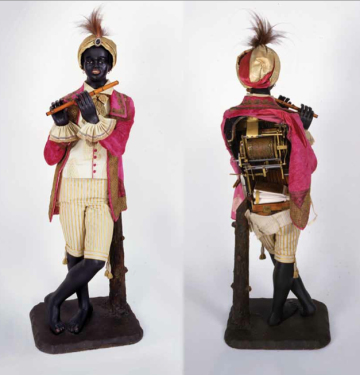
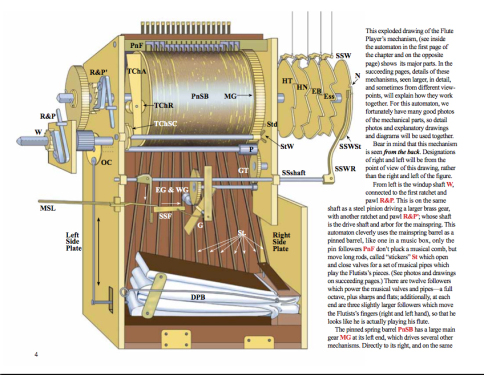
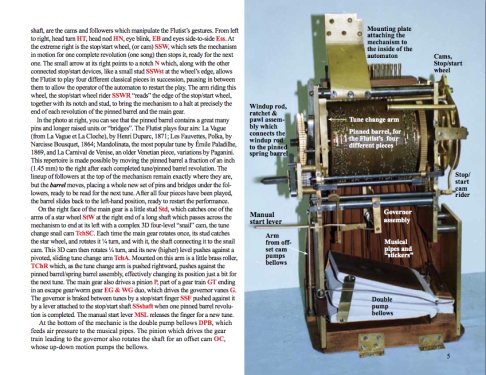
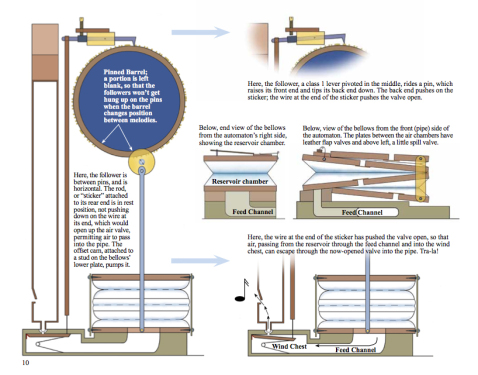
Hallo Falk,
Diese Buchankündigung ist ja ein richtiges Osterei.
Vorfreude ist auch eine schöne Freude.
Wird es davon auch eine Übersetzung ins Deutsche geben?
Wünsche Dir und allen blog-Freunden ein erholsames
Osterfest.
Beste Grüße vom Südharzer-Ostereier-Hexenschrauber
Orenda
Ja, Orenda, ich freue mich auch sehr auf das Erscheinen dieses Buches. Für ne deutsche Ausgabe werden wir wohl kaum einen Verleger finden, der bei diesem aufwändigen Projekt einsteigen würde. Das Risiko ist zu groß!
Ich wünsche Dir ebenfalls schöne Ostern und ein Nest voller Fabergé-Eier !